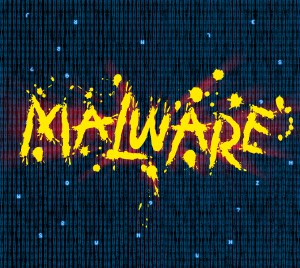 Microsoft Silverlight vulnerabilities have already begun transforming into the next big issue in cyber security. Even though they haven’t been used in many attacks, Silverlight flaws have the potential to be quite damaging.
Microsoft Silverlight vulnerabilities have already begun transforming into the next big issue in cyber security. Even though they haven’t been used in many attacks, Silverlight flaws have the potential to be quite damaging.
Having said that, attacks based on a MS Silverlight flaw, CVE-2016-0034, have been just discovered in the infamous Angler exploit kit.
CVE-2016-0034 Official Description (from cve.mitre.org):
Q Microsoft Silverlight 5 before 5.1.41212.0 mishandles negative offsets during decoding, which allows remote attackers to execute arbitrary code or cause a denial of service (object-header corruption) via a crafted web site, aka “Silverlight Runtime Remote Code Execution Vulnerability.”
More Details about CVE-2016-0034
Interestingly enough, the vulnerability affects both Windows and Mac, enabling attackers to hijack these systems, if a user is logged in as an admin. The vulnerability was first detected by the research team at Kaspersky Lab. The security vendor has already raised a red flag about Silverlight.
More on the Subject in Our Silverlight Article from January
The Angler EK, on the other hand, has been widely used in attack scenarios, especially after Blackhole diminished from the malware scene. Angler has been mentioned in multiple infection cases, particularly ones involving the distribution of ransomware. Angler has been ‘registered’ on countless landing pages, waiting for potential victims to click on malicious links (typically spread in spam emails), and download its package.
Check Out Our Article about Exploit Kits
Essentially, what Angler does to perform a successful attack is apply anti-sandbox checks and locate browser vulnerabilities. And here we get to the part involving MS Silverlight. Just few days ago, Kafeine noticed that the Angler EK now has some code associated with Silverlight.
To no one’s surprise, the malware brought by the Silverlight exploit is already infamous TeslaCrypt ransomware.
Learn More about TeslaCrypt Ransomware
Even though security experts observe an increase in attacks involving Silverlight flaws, the market share of the development tool is still quite small. Nonetheless, it is intriguing why the malicious coders decided to implement CVE-2016-0034 in their code.


